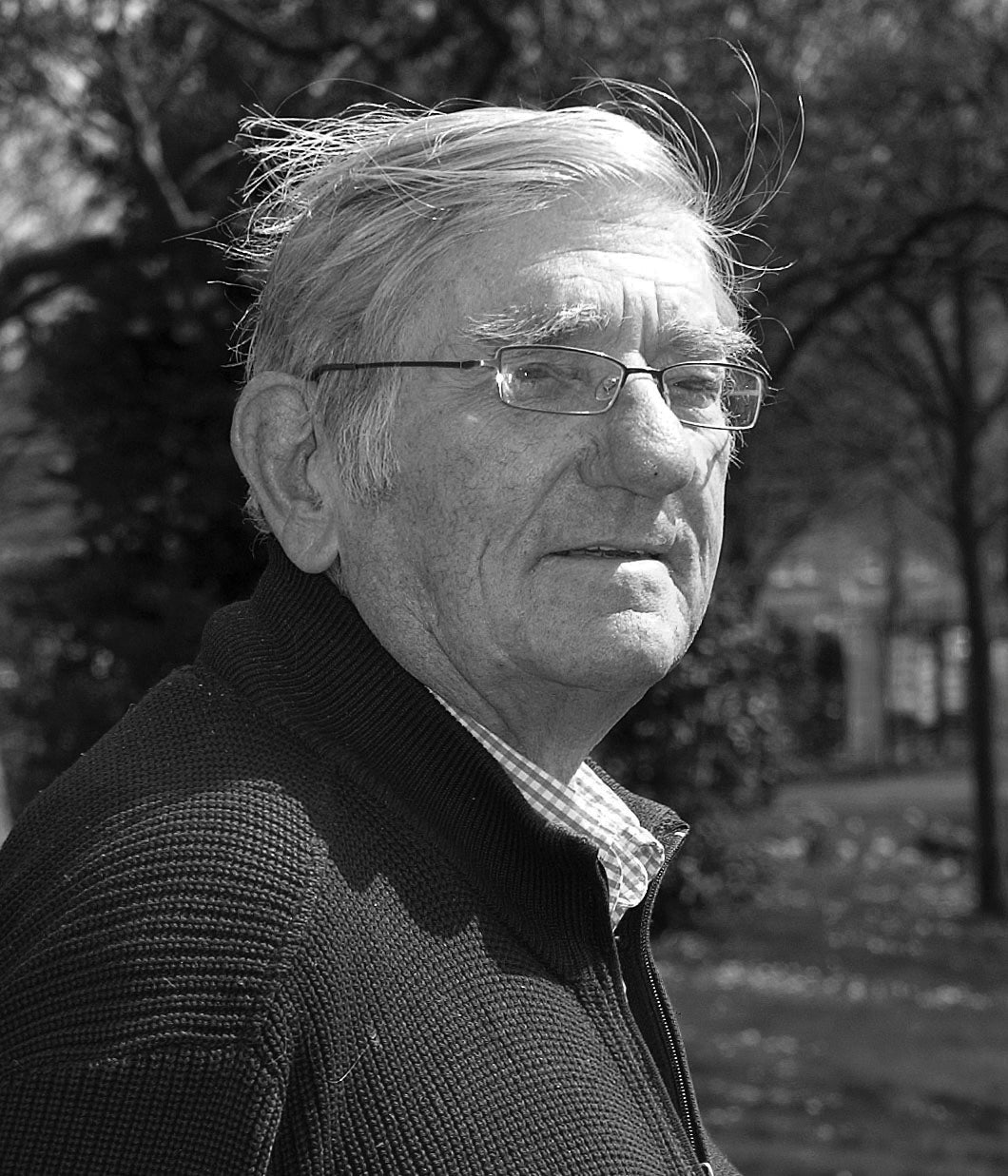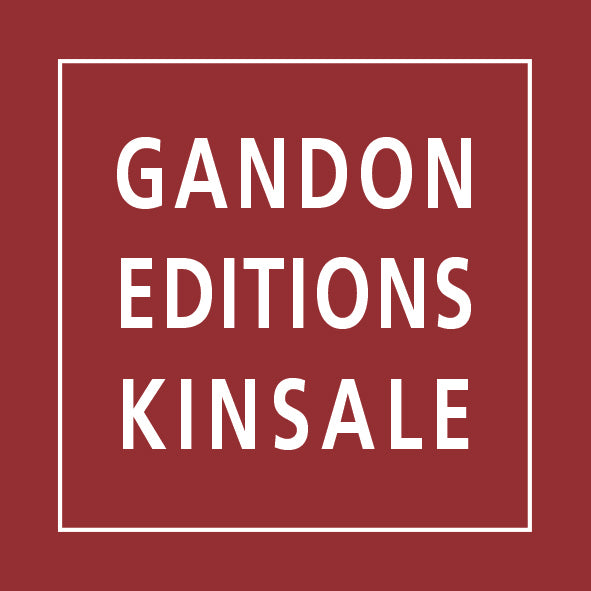Gandon
WALTER VERLING – A 60-year Retrospective
WALTER VERLING – A 60-year Retrospective
Couldn't load pickup availability
Share
essays by Aidan Dunne, Katie Verling; interview by Mike Fitzpatrick
ISBN 978 0948037 658 84 pages (hardback) 22.5x24.5cm 86 illus
Born in 1930 in New Ross, Co Wexford, Walter Verling studied at the Crawford School of Art in Cork under Diarmuid Ó Ceallacháin and Soirle MacCanna. He has engaged in landscape painting since his youth, and has remained committed to plein-air painting all his life. A highly respected painter, whose career spans almost sixty years, Verling has also been a very influential figure: as former head of art education at Mary Immaculate College in Limerick, he taught generations of Irish teachers, all the while maintaining his painting career. While best known for his Irish landscapes, Verling also painted in France, Italy and Spain. One of his greatest influences was the Connemara painter, Charles Lamb. This monograph is a beautifully produced study of the work of a much-loved painter.
EXTRACT
"Taken in all, Verling’s paintings comprise a concentrated pictorial account of particular areas of the south-west and west of Ireland. His closely observed studies are acutely responsive to the nuances of light and atmosphere, reflecting an adherence to an underlying vision and a set of values that are rooted in a realist tradition of European landscape painting. He cites the French painter Camille Corot as the artist whose approach, above all, accords with his own feelings. It has been said that Corot’s scenes are so appealing that we are prompted to find them in nature, but we cannot, because nature is not like that. But nature is like that; we recognise it in Corot’s work, just as we recognise it in Verling’s. Their view is not photographic. It is is set within an ordered way of looking, a representational structure, but it is equally true to both the volatility and immediacy of ripples spreading across a water surface or clouds sliding across the sky, and the business of putting a picture together, of orchestrating a palette, a tonal scale, an ensemble of forms. Surely that, for Verling, is what it is all about, and it is certainly what he does supremely well."
— from the essay by Aidan Dunne
|
CONTENTS Introduction Katie Verling 6 |














